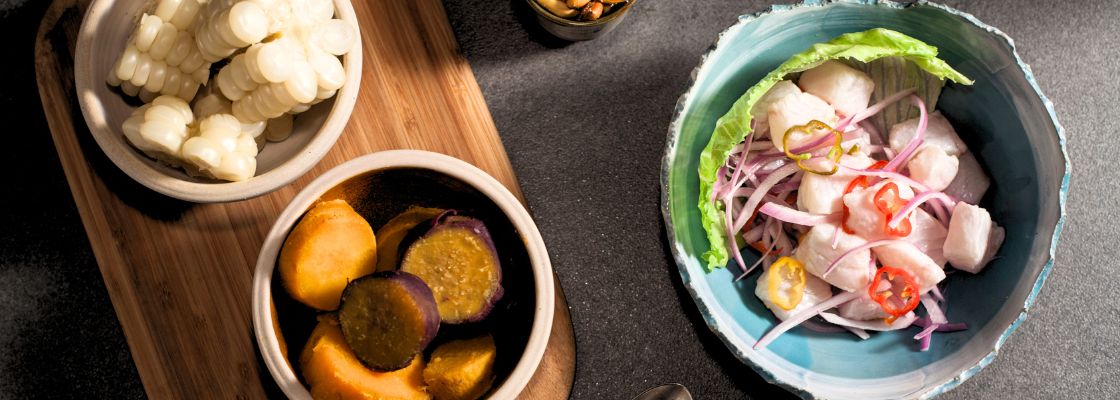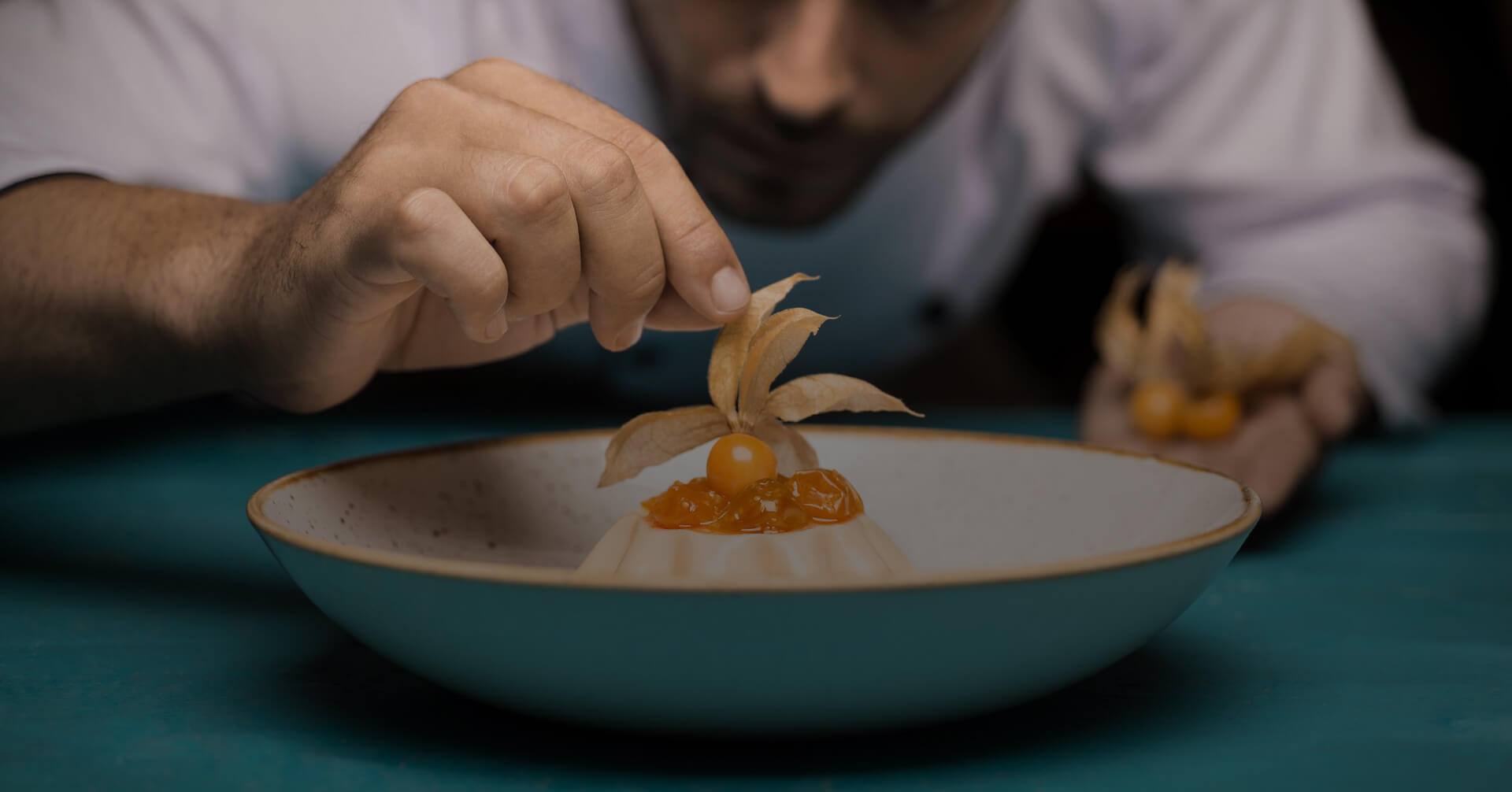THE ORIGIN OF CEBICHE, PERU’S FLAGSHIP DISH
How did we fell in love with this dish?
The history of Cebiche may have started in a boat, when a fisherman improvised a breakfast with what he had on board: a little salt, some lemons -used for their acidity- to cook the fish and the gifts that the sea had given him. However, according to a document from the mid-19th century, it is mentioned that this recipe starts with raw fish that was cut into cubes and left to marinate for hours in the juice of five or six sour oranges. These fruits, with higher acidity, were abundant in the northern coast of Lima.
At the beginning of the 20th century, the reign of the lemon began. The rule was maintained in the recipe: cook the fish cubes in the acid from the juice of this input; it was no longer "raw fish". This is how it was prepared in the homes and markets of the time, until Pedro Solari appeared in the mid-1950s: a self-taught cook who began to offer cebiches instantly in the living room of his home. He broke all the schemes: the fish received the juice of the lemons minutes before being served on the plate, and that was enough for cooking.

During the 1980s, cebiches were perfected thanks to the techniques and knowledge of cooks of Japanese ancestry. In this case, celery, ginger and a few drops of soy sauce were added; the first Nikkei version of ceviche. Some time later, ‘Leche de Tigre’ appeared, which uses the base of a fish broth to dose the acid of the lemon. Soon, every Peruvian cook recognized the maxim about Cebiche and its five ingredients (fish, lemon, chili pepper, salt and onion), but with some variations of these ingredients according to the region in which they were found. Today, there are mixed cebiches (of fish, seafood and seaweed), the "carretillero" (with squid crackling), and there are also new Nikkei versions (with chopped tuna like sashimi and sesame oil). Moreover, the recipe has transcended the use of fish and this delicious Peruvian dish can be made with other basic ingredients.












